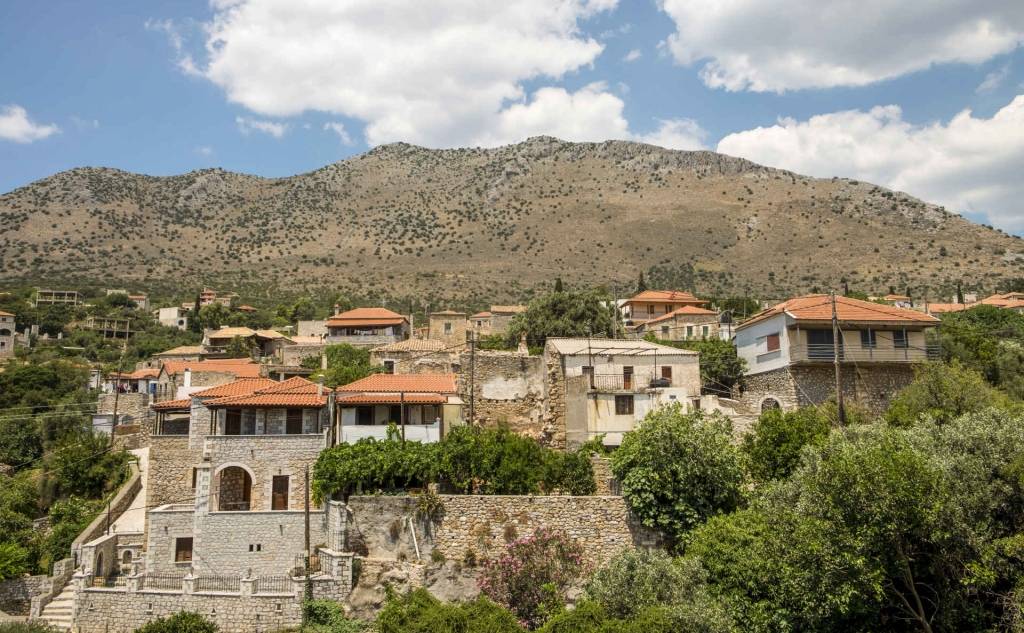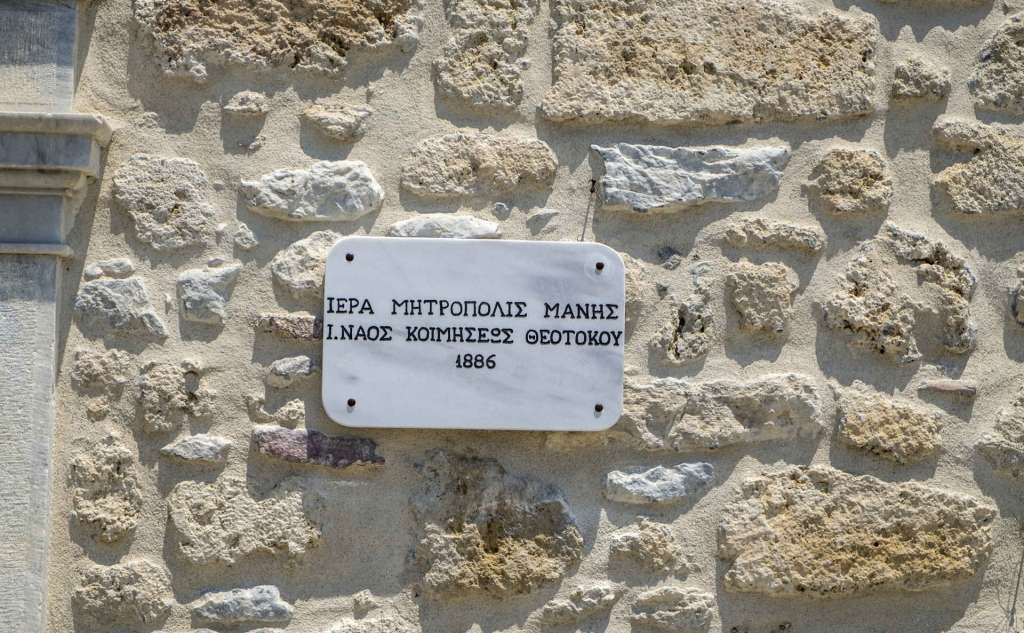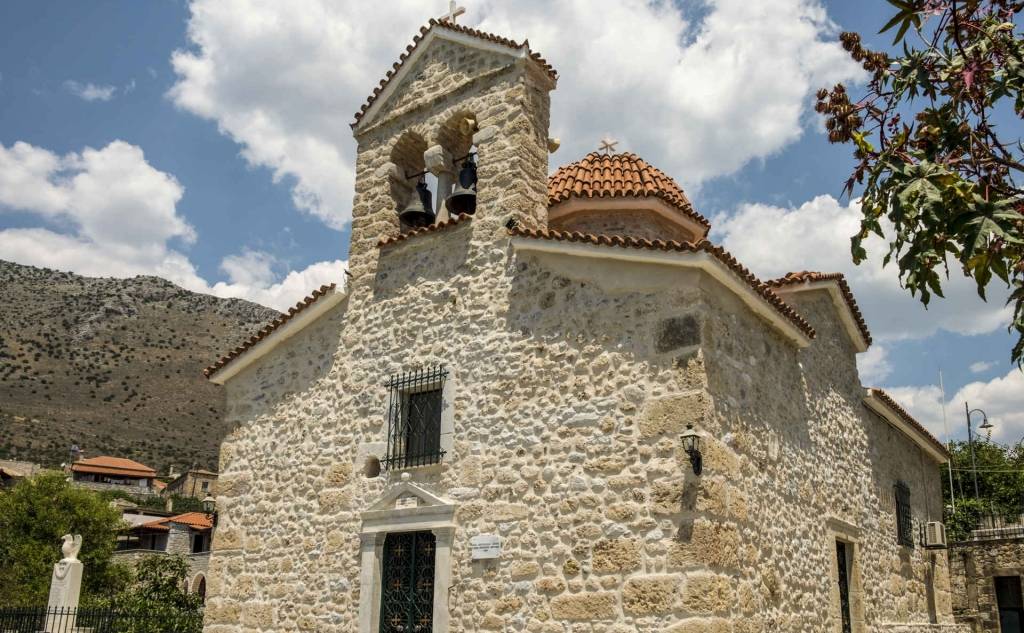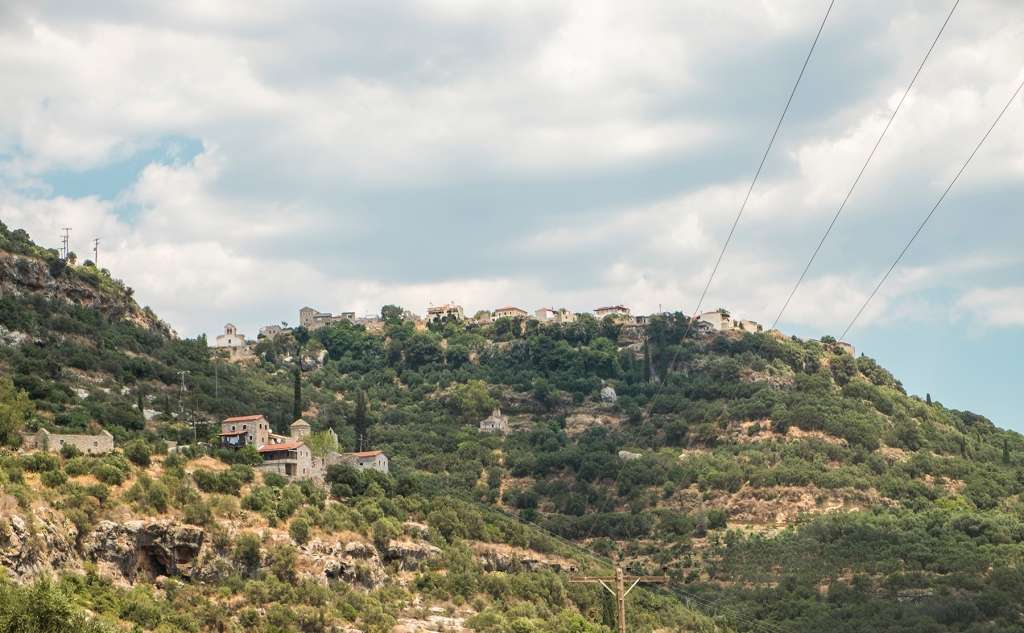










Picturesque Oitilo is located 80 kilometres south of Sparta, near the port of Limeni, where the thriving ancient city once existed. Oitilo got its name from the legendary Hero from Argos Oitilos, son of Amfianaktas. Homer mentioned it as one of the Achaean cities ruled by Menelaos and one that Agamemnon offered Achilles as a gift for his participation in the Trojan expedition. From Strabo, it is mentioned by the name of Voitilo. Traveler Ciriaco de 'Pizzicolli, known as Kyriakos from Ancona, visited the city in 1447 A.D. and was hosted there by John Palaiologos. Pausanias mentions that, in the town, there was a sanctuary in honour of Serapis and a Karneios Apollo wooden statue at the market. Today, ruins of ancient monuments and inscriptions are preserved, especially around the beach where the sanctuary is believed to have been located. It was one of the most important cities of the "Commonwealth of the Liberals" and the "Commonwealth of the Lacedaemonians". During the Byzantine Empire, it was the seaport of the castle of Mystras. In 1770, the Russian Army Admiral Theodoros Orlof anchored at Oitilo, who started the Orlov Revolt with the Mavromichalis family and the Mani people.
Oitilo is one of the most historic villages of the Laconic Mani, built amphitheatrically on the west bank of the gorge. Characteristic of the area are the 67 traditional stone settlements that fascinate the visitor, as well as the dozens of caves with rich decoration. When you visit Oitilo, do not forget to visit the churches of the village, each with its own story. The church of Taxiarches is a short distance from the centre of Oitilo, but in order to reach the church of Panagitsa (a cave temple), you have to follow the path. The view from the "Frygano" location, both of the bay of Oitilo as well as the gorge of Myolagados, is impressive. Going downhill along the traditional cobblestone path, the visitor meets the Byzantine church of Sotiras.
Between 1670-1675, many of the Oitilotian families immigrated to Tuscany, Genoa and Corsica. For this reason, at the village square, visitors can see the relief plate (1990) of the twinning of Oitilo with the city of Cargeze in Corsica. There also stands the Church of the Assumption.